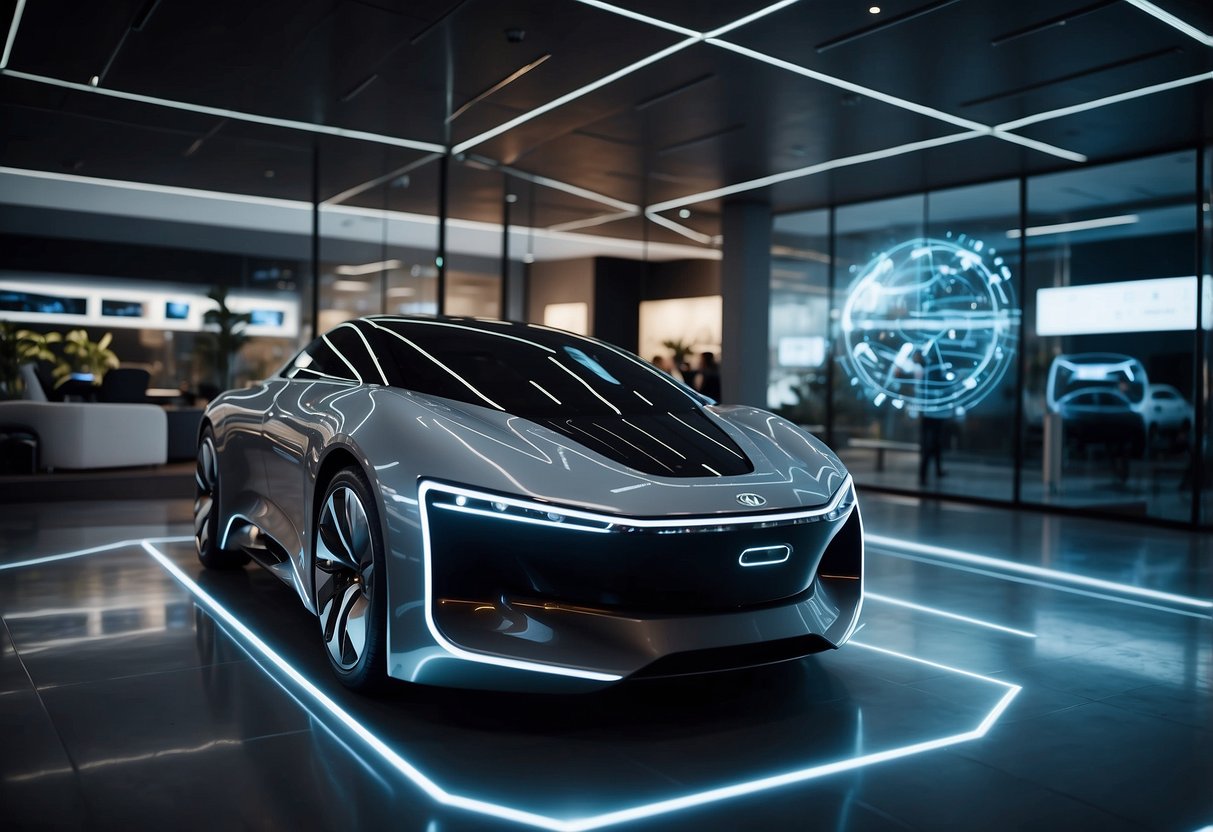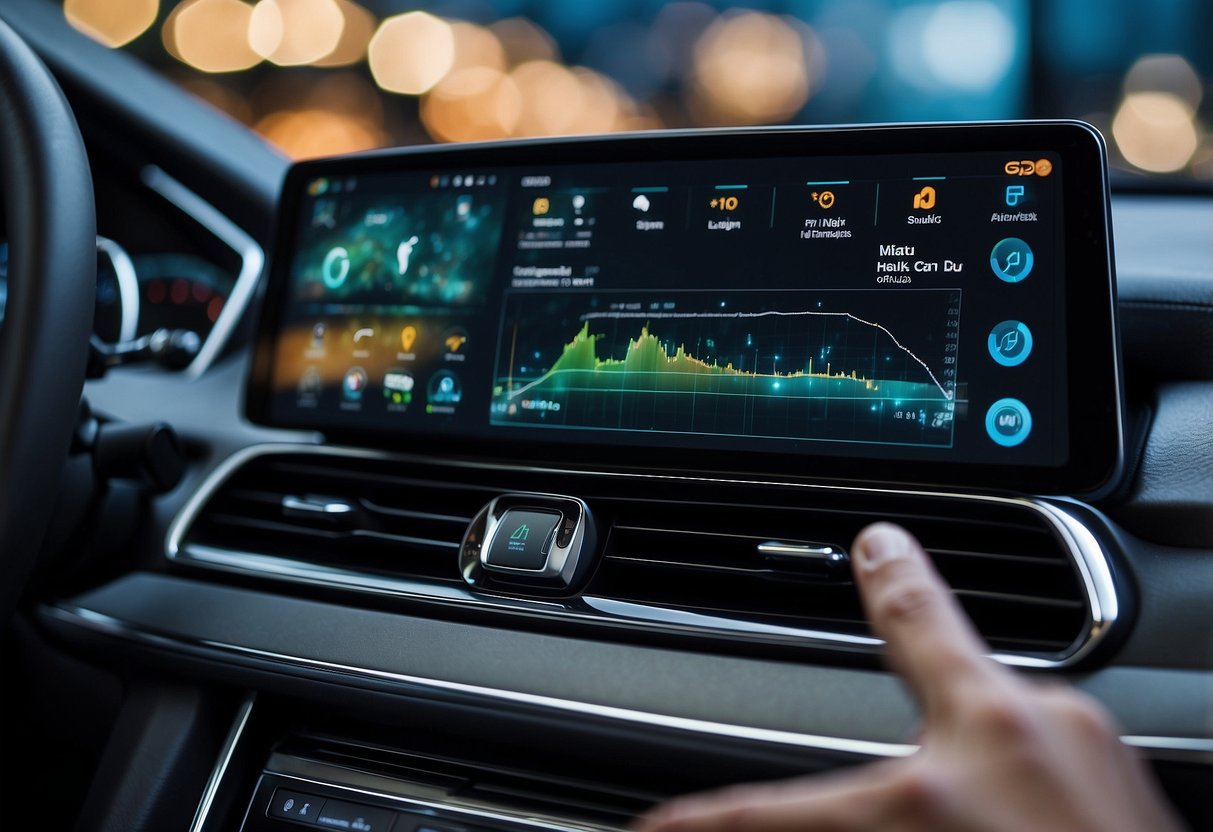
Augmented Reality (AR) Dashboards

Augmented Reality (AR) dashboards transform conventional displays by overlaying digital information in the driver’s line of sight. These dashboards project navigation instructions, speed limits, and real-time vehicle data directly onto the windshield. Drivers can keep their eyes on the road, enhancing safety.
Different manufacturers use AR technology to provide a seamless driving experience. For instance, lane departure warnings, pedestrian alerts, and upcoming turns appear clearly. This reduces the need for drivers to glance away from the road to check their dashboard.
The integration of AR with voice control allows for hands-free adjustments. Commands for temperature, music, and navigation enhance usability. This technology aims to reduce driver distractions.
AR dashboards also create a more engaging driving experience. Detailed information about landmarks, points of interest, and nearby services can be displayed. This can make long drives more informative and enjoyable.
Some cars offer customizable display options. Drivers can select which information they prefer to see, tailoring the experience to their needs. This personalization adds to the overall convenience and appeal.
This innovation signifies a leap forward in automotive technology, promising increased safety and enhanced user interaction. The application of AR in dashboards is a key trend in 2024. Improvements in this area are likely to continue evolving, offering even more sophisticated and beneficial features for drivers in the future.
Predictive Vehicle Technology
Predictive vehicle technology represents a significant advancement in the automotive industry, focusing on anticipating driver behavior and potential issues before they occur. Cars equipped with these systems use advanced algorithms, sensors, and data analysis to predict maintenance needs and driving patterns.
Manufacturers are integrating predictive maintenance alerts. These alerts notify owners of potential mechanical problems based on data from various sensors monitoring the car’s components.
Another critical application is predicting traffic patterns. Vehicles can analyze current traffic conditions and historical data to suggest optimal routes, minimizing travel time and fuel consumption. This not only enhances convenience but also contributes to a more sustainable driving experience.
Driver assistance systems are becoming more intuitive. By anticipating driver inputs, such as steering or braking, these systems can improve safety and comfort. This anticipatory behavior can reduce the likelihood of accidents and make driving smoother.
Predictive technology isn’t limited to safety and maintenance. Entertainment and comfort preferences can also be anticipated. Climate control systems, for instance, can adjust settings based on the driver’s usual preferences and current weather conditions.
This technology is part of a broader trend towards smart and connected vehicles. By using a combination of data analytics, machine learning, and real-time monitoring, predictive vehicle technology aims to create a more efficient, safe, and personalized driving experience.
As this technology continues to evolve, it promises to bring significant advancements in vehicle performance, safety, and user satisfaction. The future of driving looks smarter and more interconnected than ever before.



